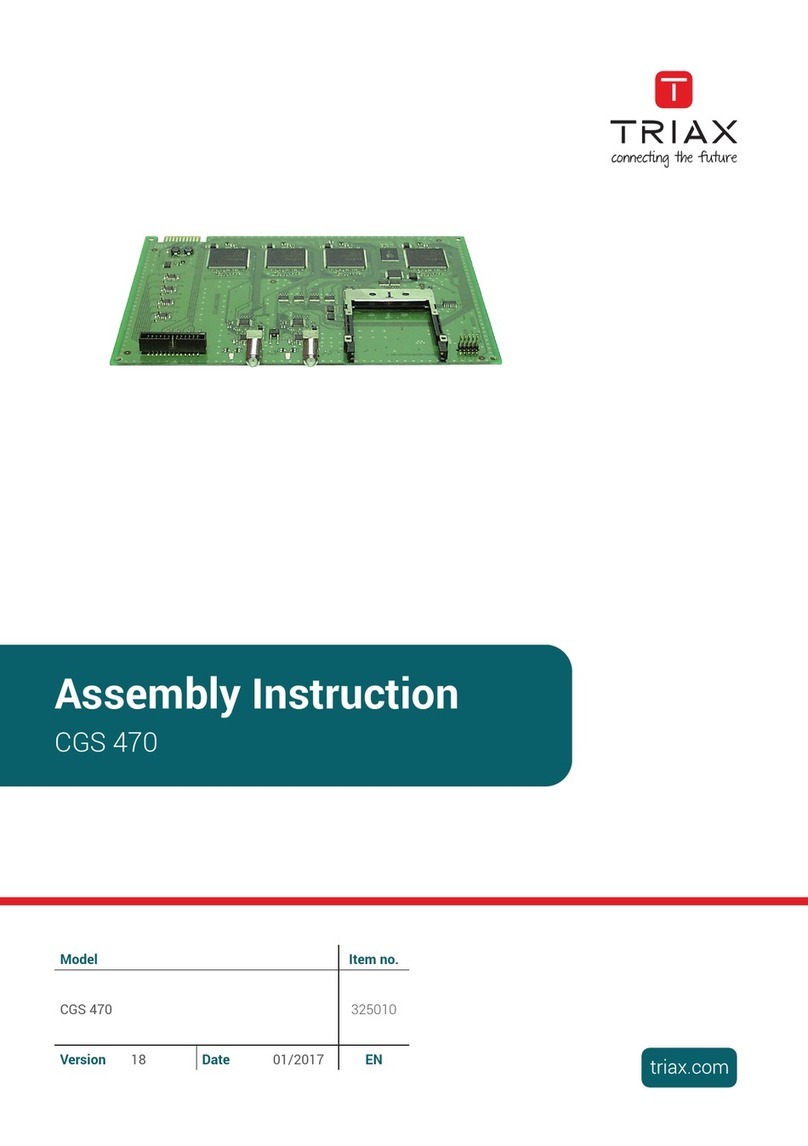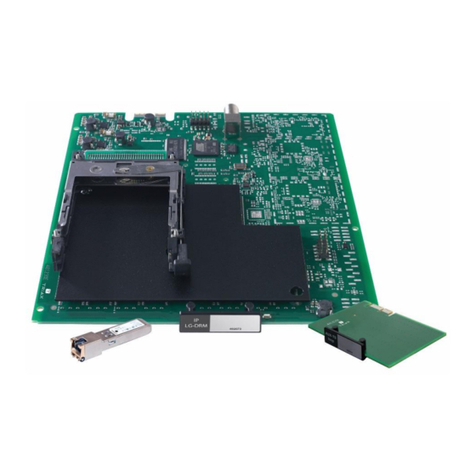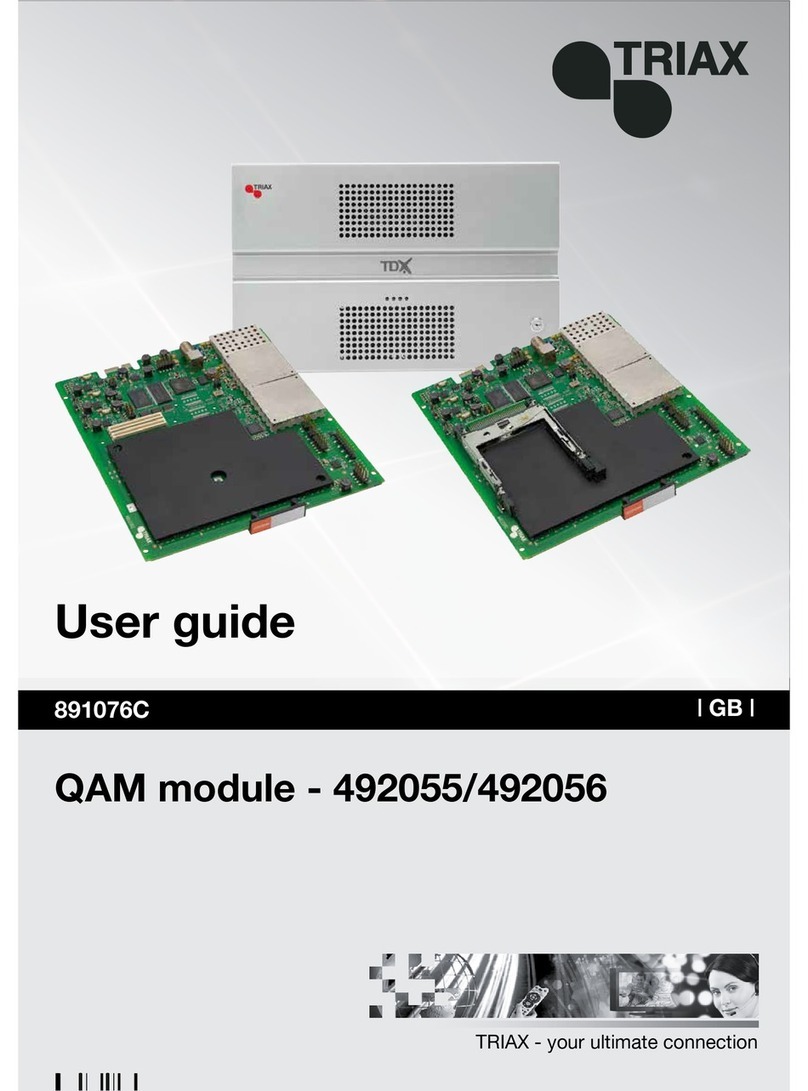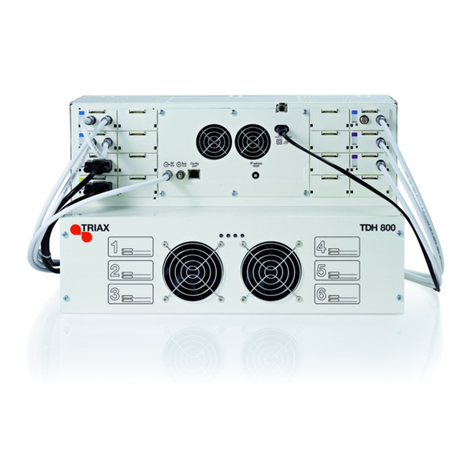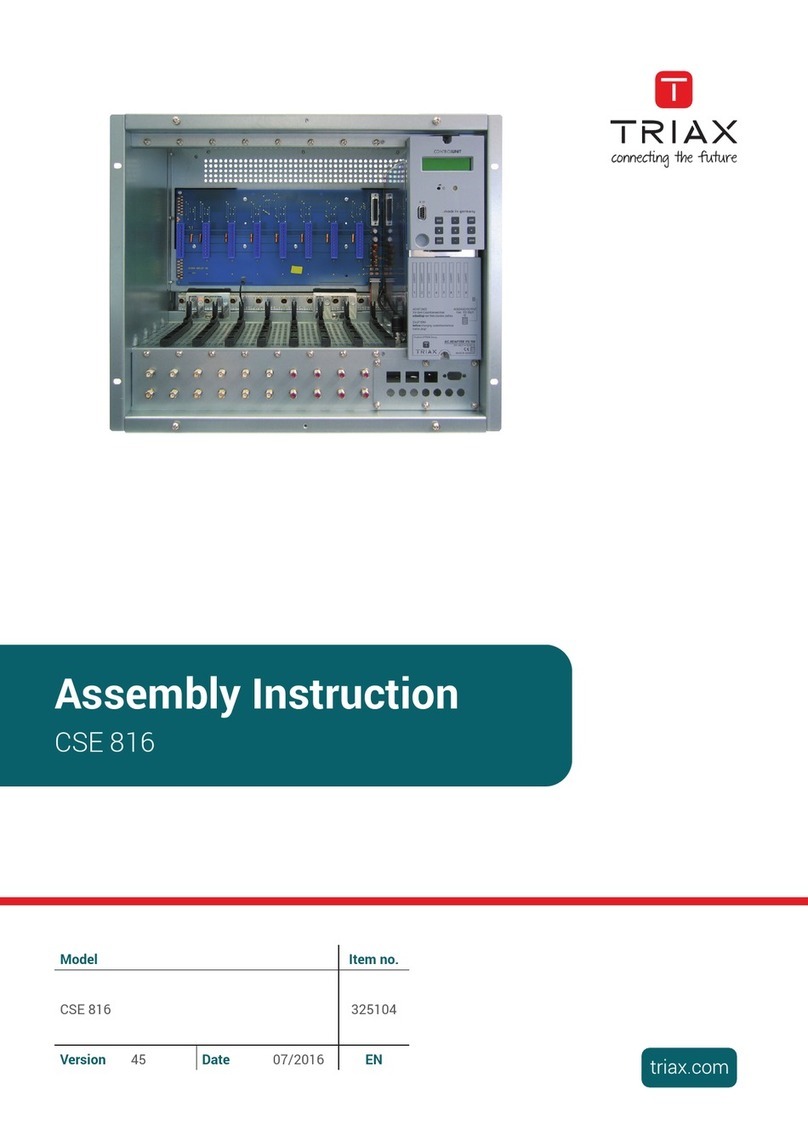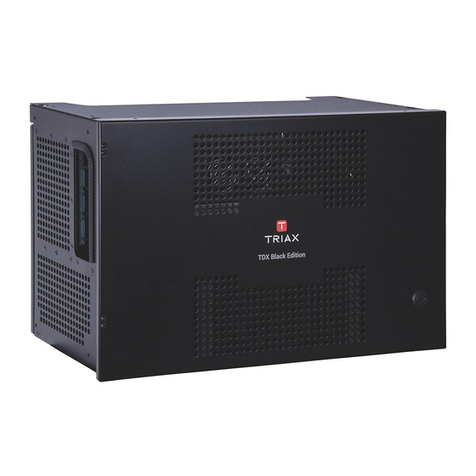Contents
2
Contents
Introduction .......................................................................................................................................................................... 3
System requirements ............................................................................................................................................................ 3
Computer minimum requirements ................................................................................................................................. 3
Static IP address ........................................................................................................................................................... 3
Physical connection to headend .................................................................................................................................... 3
Service tool .......................................................................................................................................................................... 4
Overview .......................................................................................................................................................................... 4
Icons ............................................................................................................................................................................ 4
Tabs ............................................................................................................................................................................. 5
Misc. Buttons ............................................................................................................................................................... 5
Configuring CA modules ........................................................................................................................................................ 6
Pre-requisites ............................................................................................................................................................... 6
Configuration ................................................................................................................................................................ 6
Resetting .................................................................................................................................................................... 10
Modifying ................................................................................................................................................................... 11
Deleting ...................................................................................................................................................................... 11
Configuring COFDM output modules .................................................................................................................................... 12
Pre-requisites ............................................................................................................................................................. 12
Configuration .............................................................................................................................................................. 12
Modifying ................................................................................................................................................................... 17
Deleting ...................................................................................................................................................................... 17
